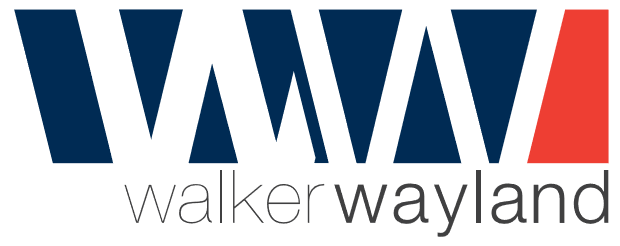We are already over halfway through the 2021 financial year with June 2021 only 5 months away! Time flies when you are stuck in COVID. As such, we want to outline a few changes that were made this year, to help you get the most out of your tax planning.
Change in Tax Thresholds
The tax thresholds for individuals both resident and non-resident, have increased for the 2021 financial year compared to the previous year. This is more notable in the 19% personal income tax bracket where the range has increased from $37,000 to $45,000.
Resident Tax Rates 2020-21
| Taxable Income | Tax on this Income |
| 0 – $18,200 | Nil |
| $18,201 – $45,000 | 19 cents for each $1 over $18,200 |
| $45,001 – $120,000 | $5,092 plus 32.5 cents for each $1 over $45,000 |
| $120,001 – $180,000 | $29,467 plus 37 cents for each $1 over $120,000 |
| $180,001 and over | $51,667 plus 45 cents for each $1 over $180,000 |
Non-Resident Tax Rates 2020-21
| Taxable Income | Tax on this Income |
| 0 – $120,000 | 32.5 cents for each $1 |
| $120,001 – $180,000 | $39,000 plus 37 cents for each $1 over $120,000 |
| $180,001 and over | $61,200 plus 45 cents for each $1 over $180,000 |
Change in Paid Parental Leave Scheme
From 1 July 2020, changes to the government-funded Paid Parental Leave (PPL) Scheme allow primary carers to access parental leave pay more flexibly, particularly birth mothers and adoptive parents who are self-employed or small business owners. If your child’s birth or adoption is on or after 1 July 2020, your payment will include both:
- A continuous Paid Parental Leave period of up to 12 weeks, which is 60 payable days;
- 30 Flexible Paid Parental Leave days.
The Flexible Paid Parental Leave days can be:
- Connected to the end of the 12 week Paid Parental Leave period;
- Accessed at a later date (within 2 years of your child’s birth or adoption);
- Give them to another person such as your partner, to use on days they have primary care of the child.
Change in Study & Training Repayment Thresholds for 2021
The thresholds for the study and training loan repayments have improved in the 2021 financial year. If your repayment income is above $46,620 for the 2021 financial year, you will be required to make repayments to your study loans, compared to the 2020 financial year which was $45,881. This change has increased the top bracket of a 10% repayment from $134,573 to $136,740.
Change in the Dependant (Invalid and Carer) Tax Offset (DICTO)
DICTO is a non-refundable tax offset available to those who contribute to the maintenance of a dependant unable to work due to invalidity or carer obligations. The maximum offset has increased from $2,766 in 2020 to $2,816 in 2021. This offset is entitled to those who have:
- A spouse, who is an invalid or who cares for an invalid;
- You or your spouse’s parent, who lives in Australia and is an invalid or cares for an invalid; or
- You or your spouse’s invalid child, brother or sister who is aged 16 years or older.
Changes in the Low Income Tax Offset (LITO) for 2021
LITO is also a non-refundable tax offset available to those who have a taxable income less than $66,667. The maximum tax offset for 2021 is $700, which applies if your taxable income is $37,500 or less. The amount is reduced at specific rates up until $66,667 as outlined in the below table:
2021 LITO
| Taxable Income | Offset |
| Up to $37,500 | $700 |
| $37,501 – $45,000 | $700 less 5 cents for each $1 above $37,500 |
| $45,001 – $66,667 | $325 less 1.5 cents for each $1 above $45,000 |
2020 LITO
| Taxable Income | Offset |
| Up to $37,000 | $445 |
| $37,001 – $66,667 | $445 less 1.5 cents for each $1 over $37,000 |
Needing Tax Advice?
Do not hesitate to get in contact with one of the Partners/Managers at Walker Wayland NSW as we are always here to assist you in alleviating any burdens you have in Tax and Advisory.



